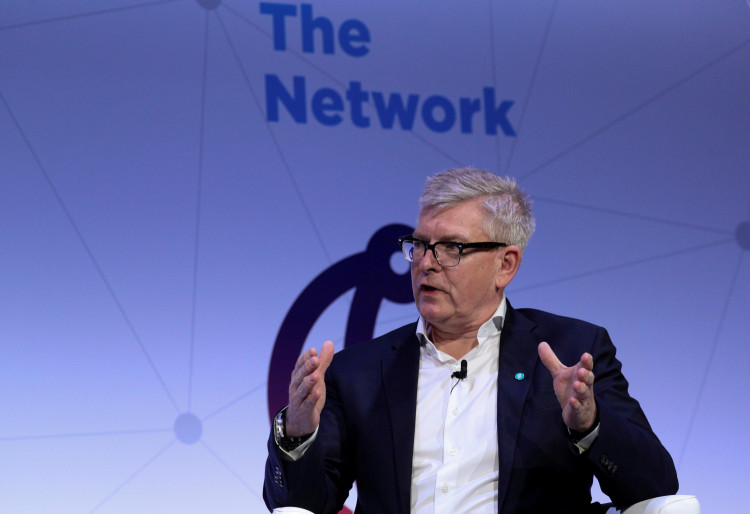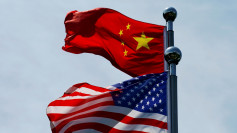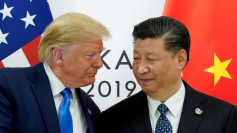This month marks a significant milestone in Ericsson's smart capabilities in its existing facility in Nanjing, China.
The latest application in smart manufacturing is worth half a billion krona as the factory is touted to be among the most advanced in the business.
The Swedish multinational telecommunications company is engaged in the production of fifth-generation (5G) and fourth-generation (4G) wireless radio technology at the Chinese plant, a huge volume of which supports communication service companies in the country.
The systems transformation has seen Ericsson modernize its production process as the company prepares for the unveiling of real-time deployments of 5G in mainland China.
The upgrade includes the first automatic assembly for 5G radios, which will allow Ericsson to create the newest 5G transmissions for the Chinese market.
The Nanjing factory is part of Ericsson's global supply portfolio and it is in line with its previous announcements on digitizing its facilities in Estonia and developing a smart plant in the US. Its global presence strategy guarantees that the company operates close to its clients through its Asian, American and European headquarters.
The NASDAQ-listed company (ERIC) registered $8.01 price mark in its last session and its distance from a 20-day moving average was -0.11 percent, while its distance from a 50-day moving average was -6.25 percent.
Ericsson has a market cap of $26.78 billion with outstanding shares of 3.35 billion. Wall Street market experts consider this stock very active since the company's switched trading volume hit 5,028,535 compared to its average volume of 6.25 million shares. In terms of earnings per share, the company is hovering at 0.01, gauging its EPS growth for the current year at 81 percent.
The Stockholm-based Ericsson had 13,335 workers in North-East Asia at the end of June, based on its latest earnings report, and the figure rose from only 12,300 from a year ago.
This contrasts with a reduction of workforce elsewhere in the industry. Eager to bounce back in revenues after a series of weak quarters, and desperate to sell non-performing assets, chief executive officer Borje Ekholm has trimmed down about 16,700 personnel since he took office in early 2017, giving the telco a workforce of 94,755 at the end of June.
Nanjing is home to some of the oldest structures in China. This month, it welcomed a new contemporary look. The Swedish telco giant had already operated a factory in the city that produced 4G and 5G telecommunications hardware, most of the orders from big Chinese telco firms.





